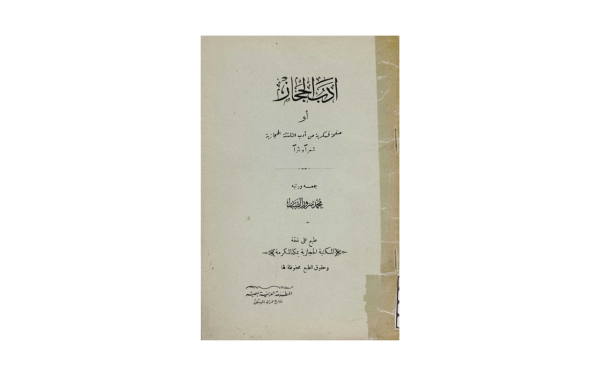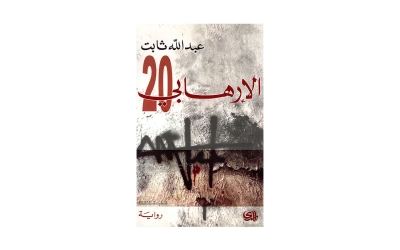

The Short Story in the Kingdom of Saudi Arabia is one of the literary genres that has accompanied the development of Saudi literature throughout its various stages. Its earliest features emerged at the beginning of the Kingdom's foundation through narrative articles, such as Abdulwahab Ashi’s text Ala Mal'ab al-Hawadeth (On the Field of Events), published in the book Adab al-Hejaz (Literature of Hejaz) in 1926, and Mohammed Hassan Awwad’s text al-Zawaj al-Ijbari (Forced Marriage), published in his book Khawater Musaraha (Candid Thoughts) in 1927. Aziz Dia's al-Ibn al-'Ak (The Ungrateful Son), written in 1932, is considered the first short story, although its publication was delayed.
Short stories in Saudi newspapers
"Sawt al-Hejaz" Newspaper was published in Makkah al-Mukarramah in 1932 and focused on publishing short stories. Later, al-Manhal Magazine was launched in al-Madinah al-Munawwarah in 1937, which also gave attention to stories, dedicating a section to them. Non-Saudis contributed to writing short stories during the period between World War I and World War II, such as the Algerian Ahmad Rida Houhou and the Afghan Mohammed Alam.
History of the short story in Saudi Arabia
Due to World War II, newspapers ceased publication, which halted the publishing of short stories as well. However, newspapers resumed later, increasing their publications and expanding the inclusion of short stories, which became a regular part of their content. This led to wider dissemination and a growing readership. During this period, some of the first short story collections were published, including Shabah Min Filastine (A Ghost from Palestine) by Saad al-Bawardi, al-Ozon Ta'shaq (The Ear Loves) and al-Hanina (The Compassionate) by Amin Salem Ruwaihi, Anat al-Saqiya (The Groans of the Waterwheel) by Hassan Abdullah al-Qurashi, and Ma' al-Shaytan (With the Devil) by Ibrahim Hashim Filali.
Development of the short story in Saudi Arabia
The short story in the Kingdom has undergone several phases of development:
Phase one: Short story writers began focusing on artistic expression, as seen in the works of writers such as Hamza Bogary, Abdulrahman al-Shaer, Ibrahim al-Nasser, and Mahmoud Issa al-Mashhadi.
Phase Two: Many writers began employing clear artistic intentionality in their stories, including Subai Othman, Abdullah al-Salmi, Suleiman Sindi, Anwar al-Jabarti, and Mohammed Ali Alwan. In the early 1980s, some writers shifted toward self-reflective writing, characterized by ambiguity and darkness. Mansour al-Hazmi called them al-Ghuraba' (the Strangers) because their stories differed from previous ones, focusing on emotional moments and psychological tension. The poetic language in these stories overshadowed the narrative structure, becoming the primary focus of the writers.
Phase Three: In the mid-1990s, the first examples of very short stories emerged. These texts became equivalent to traditional short stories in terms of influence, attracting writers such as Jubair al-Mulayhan.
The book of short stories in Saudi Arabia
The short story genre in the Kingdom matured through the work of several writers, including Jarallah al-Humaid, Abdo Khal, Abdulaziz al-Mishri, Saad al-Dosari, Youssef al-Mohaimeed, Khalid al-Youssef, Abdulaziz al-Saqabi, Hassan al-Naami, and Ali Za'ala.
Related quizzes
Related articles

